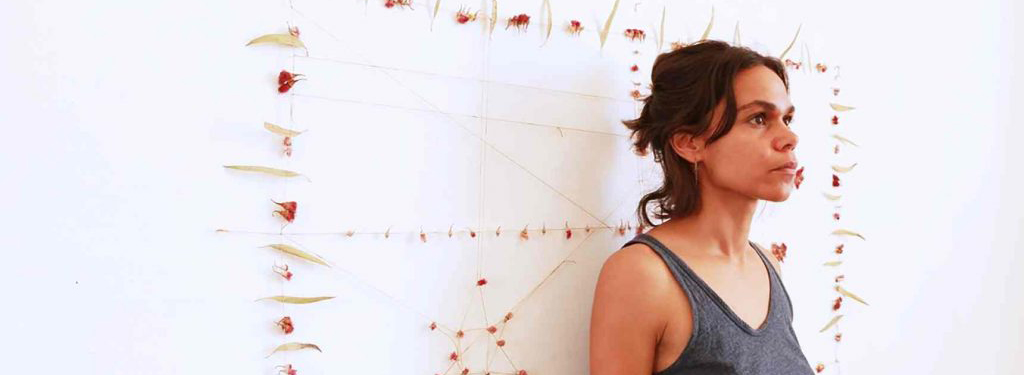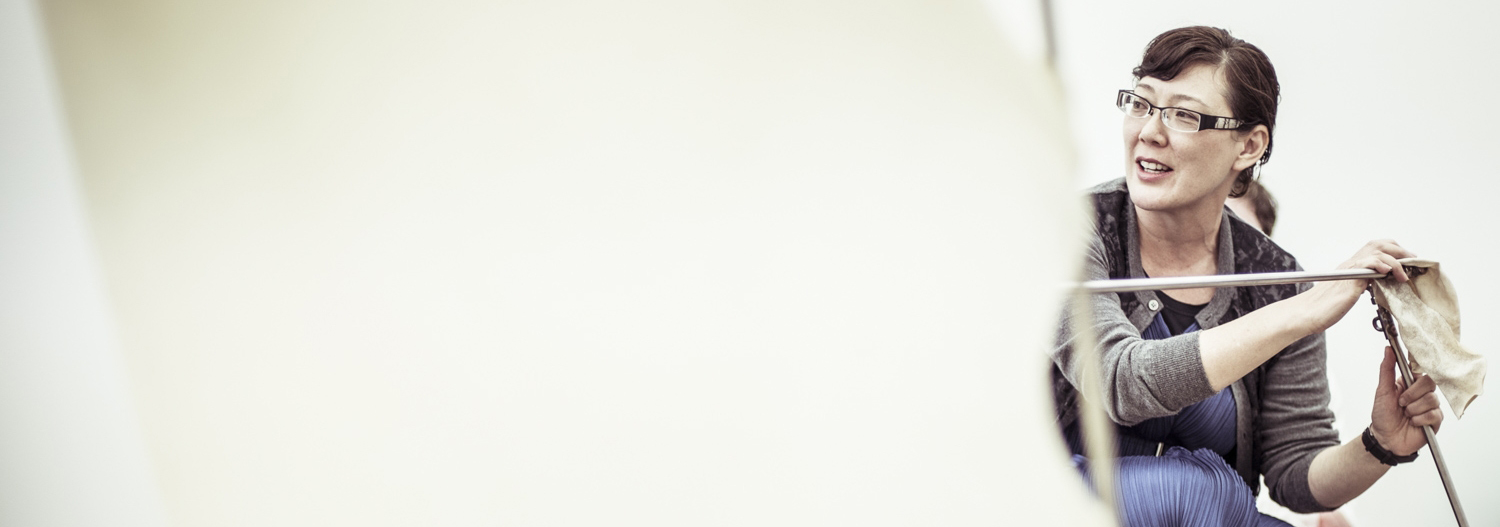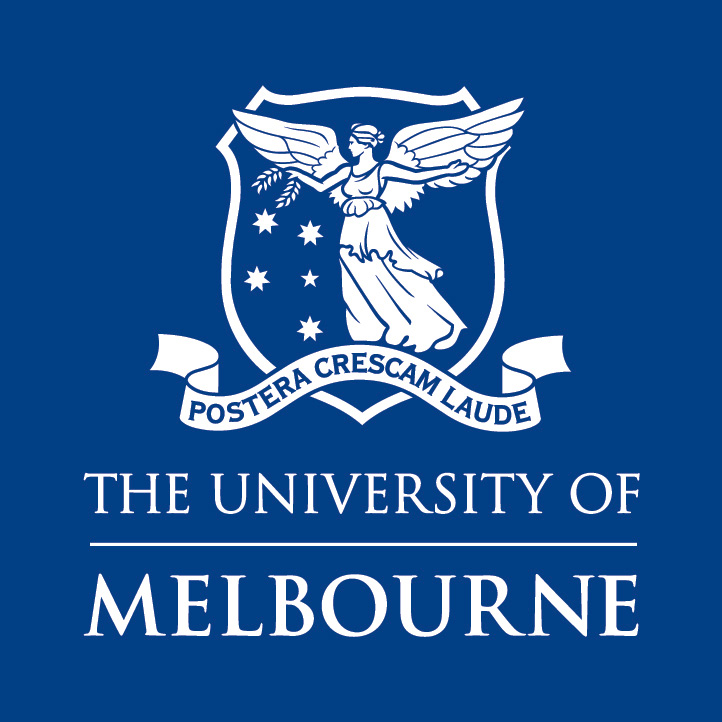Artists connect with regional communities to explore resilience in the face of social and environmental change.
A collaboration between the University of Melbourne Regional Arts Collaboration (UoM RAC) in partnership with the Shepparton Art Museum aims to link artistic practice with university research connected to the themes of nature, environment and place. The project is an initiative of the Melbourne Sustainable Society Institute (MSSI); the School of Geography Artist in Residence Program; the Faculty of Veterinary and Agricultural Sciences Dookie Campus; and the Ian Potter Museum.
Katie West and Fayen d’Evie were the inaugural RAC artists-in-residence and the second Geography Artist in Residence. Their Museum Incognita project explores what a decolonised museum could be, one that proceeds from custodial ethics, and invites embodied readings of complex histories. For the Regional Arts Collaboration, Katie and Fayen walked water flows, as a method of listening to stories of care and disturbance across Yorta Yorta and Taungurung country. Their learnings as they untangled complex histories of possession, dispossession, degradation and restoration, and traces of conversations and performative activations that occurred, are shared through an evolving stream of fragmented memories and reflections. The stream will shift its course over time, as the artists iteratively revisit, and begin to map the interconnectedness of flows of water and story across country.
You can find out more about the details of the project, the artists’ processes and the unfolding outcomes at Museum Incognita: Water, Weaving, Grasses, Wool.
 Left: A tableau of listening bodies, after walking from the summit of Mount Major to a natural spring. Image: Darren Hocking. Right: Seeding weaving grasses, a year after a collective planting event in Violet Town. Image: Serana Hunt-Hughes, on whose land the grasses were planted. Banner image: A still from a film-in-progress, which is being composed by exploring weaving as an editing methodology, weaving documentary images from a day spent washing, drying, carding, and felting wool, together with community from Dookie and across the Goulburn Valley. Image: Serana Hunt-Hughes.
Left: A tableau of listening bodies, after walking from the summit of Mount Major to a natural spring. Image: Darren Hocking. Right: Seeding weaving grasses, a year after a collective planting event in Violet Town. Image: Serana Hunt-Hughes, on whose land the grasses were planted. Banner image: A still from a film-in-progress, which is being composed by exploring weaving as an editing methodology, weaving documentary images from a day spent washing, drying, carding, and felting wool, together with community from Dookie and across the Goulburn Valley. Image: Serana Hunt-Hughes.
In addition to their collected reflections, the artists recommend the following (th)reads to learn more about the people and places traversed in this residency:
About the Artists
Katie West is a Yindjibarndi woman from Western Australia, who focuses on the renewal of human connections with and within the more-than-human world. Her previous bodies of work include ‘Decolonist’, which considered the practice of meditation as a means to decolonise the self, and 'muhlu garrwarn/cool time hot time', which engages with natural dyeing processes and text scores as ways to participate with the seasons.

Fayen d'Evie is based in Muckleford, rural Victoria. She explores blindness as a radical critical position, attuned to complex embodiment, sensory translations, material histories, ephemerality, obscurity, the tangible, and the invisible. She is also the founder of 3-ply, which investigates artist-led publishing as an experimental site for the production, translation and archiving of knowledge. In addition to a fine art background, d’Evie holds a Ph.D. in environmental studies.

University of Melbourne Acknowledgements
This project took place on the land of the Traditional Owners of the Wurundjeri peoples, and in Shepparton, the land of the Yorta Yorta peoples. We acknowledge the hospitality of traditional owners on their land where sovereignty was never ceded and all those Aboriginal and Torres Strait Islander peoples living in the Shepparton region. We pay our respects to Elders past and present. The project was funded by the University of Melbourne through grants from Chancellery Engagement (2018), the Melbourne Sustainable Society Institute, and the School of Geography Artist in Residence Program. We also acknowledge the invaluable support provided by the Ian Potter Museum of Art and the Faculty of Veterinary and Agriculture Sciences, particularly the staff based at the Dookie campus. This project would not have been possible without the project’s major partner, Shepparton Art Museum, who opened their doors to the Residency.

